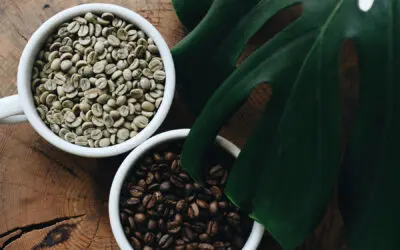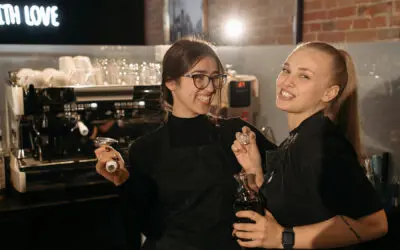Let’s be honest—post-sermon percolator coffee is often more spiritual penance than divine inspiration.
And yet, we’ve all had it. We’ve all politely sipped it. Some of us even grew up with it. But here’s the real question: does percolated coffee still deserve a seat at the table?
Let’s give this old-school brew method a fair shake—and then decide if it’s time to pass the pot or retire it for good.
What Is Percolated Coffee?
A percolator brews by boiling water in the base chamber. That water travels up a central tube and rains down over coffee grounds repeatedly—cycling through again and again until you cut the heat.
Sounds intense? It is.
Percolator Breakdown: Pros, Cons & Real Talk
Brewing Method
- Water is cycled through grounds as it boils
- Each pass pulls out more flavour… and eventually, bitterness
- There’s no “stop” button—it keeps brewing until you intervene
Flavour Profile
- Strong. Bold. Full-bodied.
- …and often over-extracted and bitter if left unchecked
- More “coffee punch to the face” than flavour profile exploration
That said, depending on your bean, roast, and grind, it can work—until it suddenly doesn’t.
Ease of Use
- Easy to set up—add water, add grounds, heat
- But dialling in the ideal strength? That takes trial and error
- Over-brewing is the most common sin (and the hardest to avoid)
Versatility
- Brews multiple cups = good for groups
- Works off-grid (especially non-electric models)
- A go-to for camping or power-free mornings
Important: If your percolator has a cord, don’t stick it over a flame or on a burner. Learned that one the hard way.
Temperature Control
- Boiling = convenient
- But too hot = too much extraction
- Percolators rarely hit or maintain the sweet spot (195°F–205°F)
Percolators vs. Other Brewing Methods
Pour-Over
- Prioritizes clarity, nuance, and control
- Better for tasting origin flavours
- More effort, but a far more refined cup
Drip Machines
- Offer consistent temperature and extraction time
- Easier to scale up for groups
- Less risk of bitterness, more balance in the cup
Moka Pot (Stovetop Espresso)
- Uses pressure (steam from boiling water) to brew coffee in a compact, espresso-like format
- Delivers a strong, concentrated brew—richer than drip, less intense than true espresso
- Great for those who want bold flavour without a full espresso setup
- Smaller capacity than percolators, better suited for 1–3 servings
- Requires attention to heat and timing to avoid over-extraction or bitter notes
Key Difference: The Moka Pot brews once using pressure, while a percolator brews on a loop, cycling water through the grounds multiple times—leading to a riskier brew. Moka pots give you more structure and balance when handled properly.
Should You Still Use a Percolator?
YES—If:
- You love strong, classic-style coffee
- You’re brewing for a group or camping
- You want simple, rugged gear
- You know how to pull it off without overcooking it
MAYBE NOT—If:
- You want flavour clarity or nuance
- You value temperature precision
- You’re brewing for yourself and have time to be hands-on
Final Thoughts: Time, Place, & Taste
Look—percolators aren’t evil. They’re just misunderstood. They’ve been abused in church basements and campgrounds for decades, but when treated right, they still have a role in the coffee world.
Coffee is as much about context as it is flavour. Your grandma’s percolated brew? It’s got heart. That campsite cup in a tin mug? It hits.
But for everyday excellence? Pour-over or a solid drip brewer (or a Moka Pot) is the move.



0 Comments